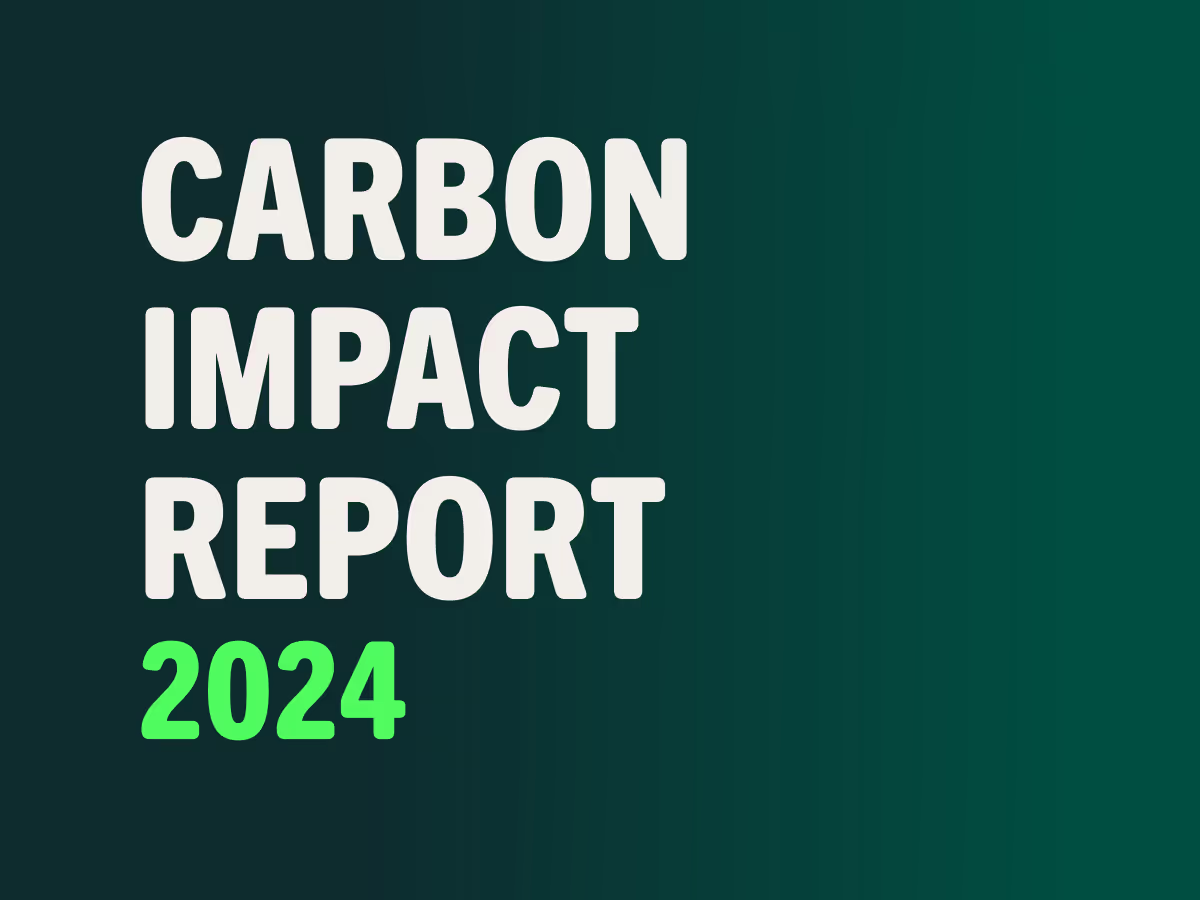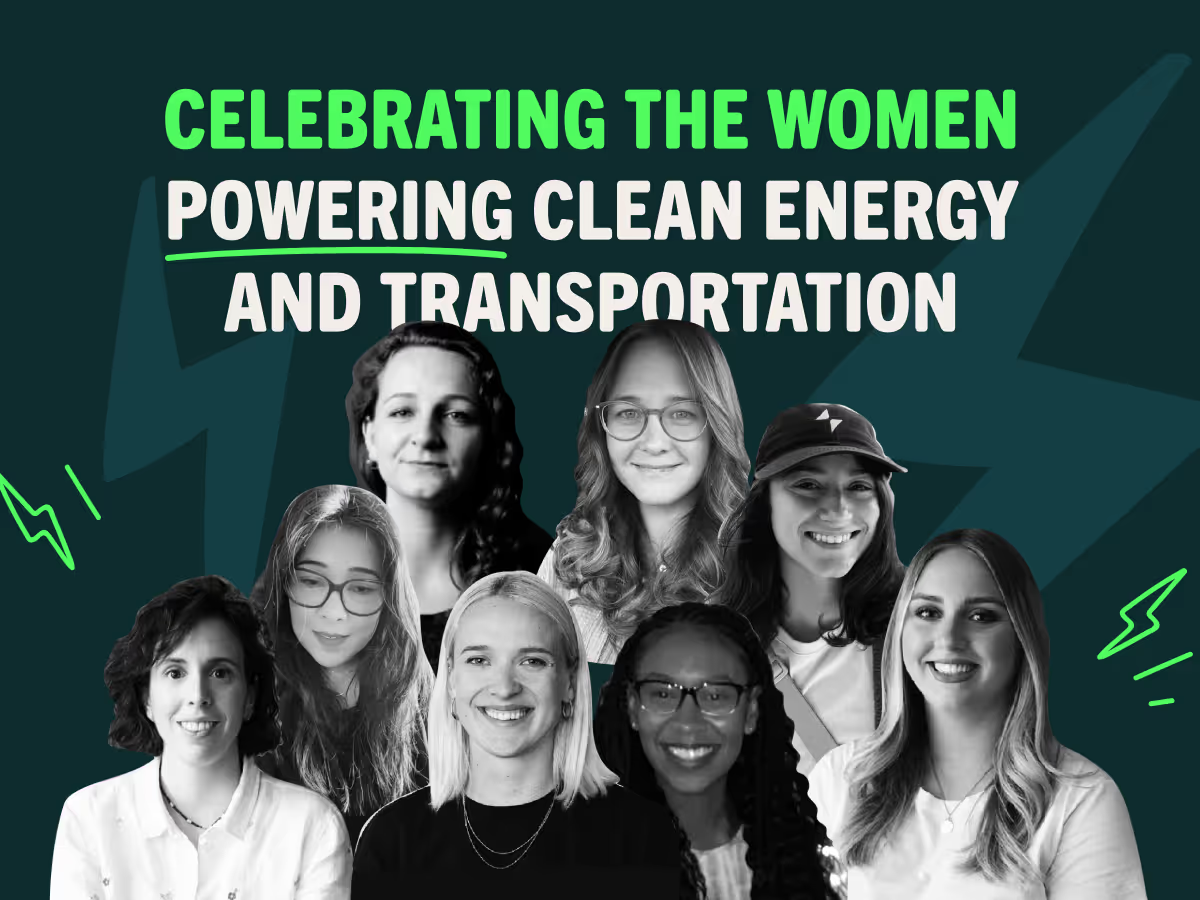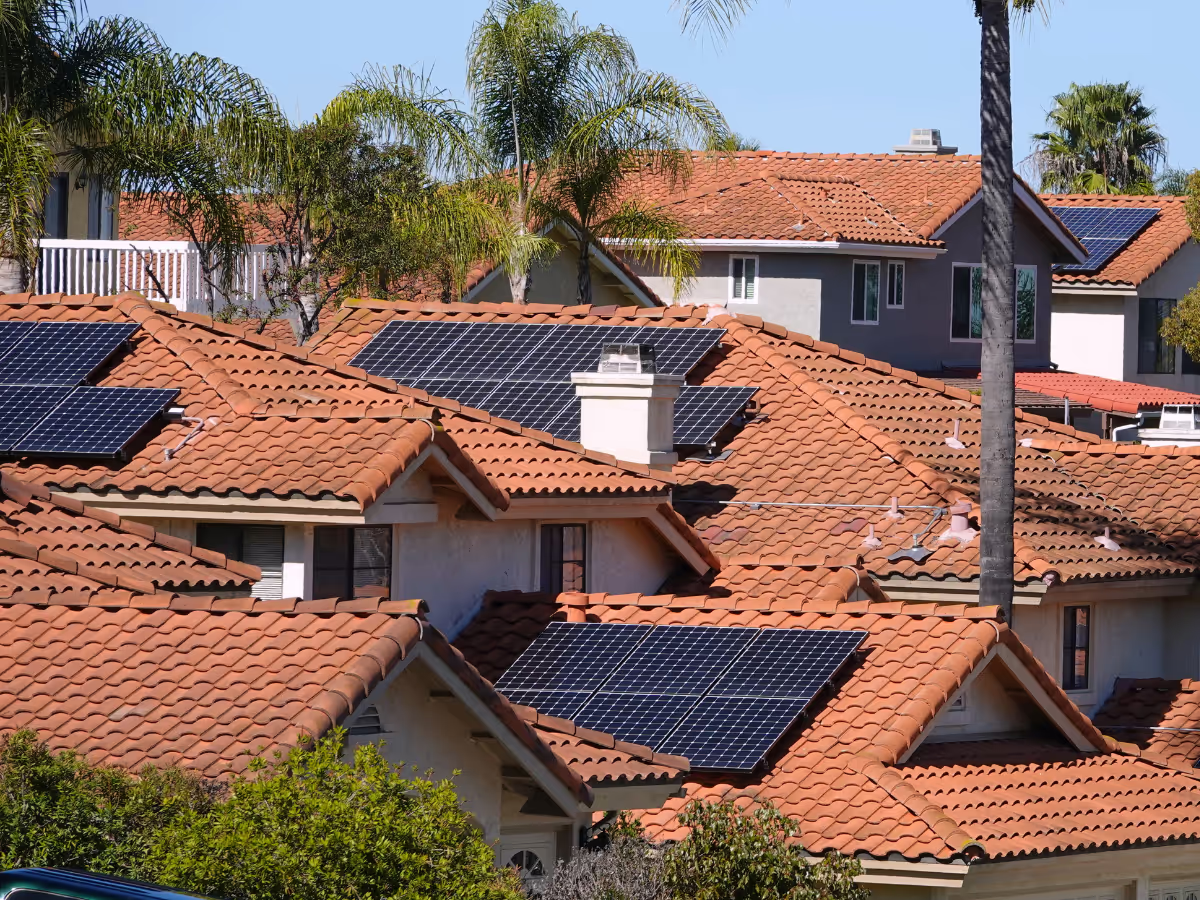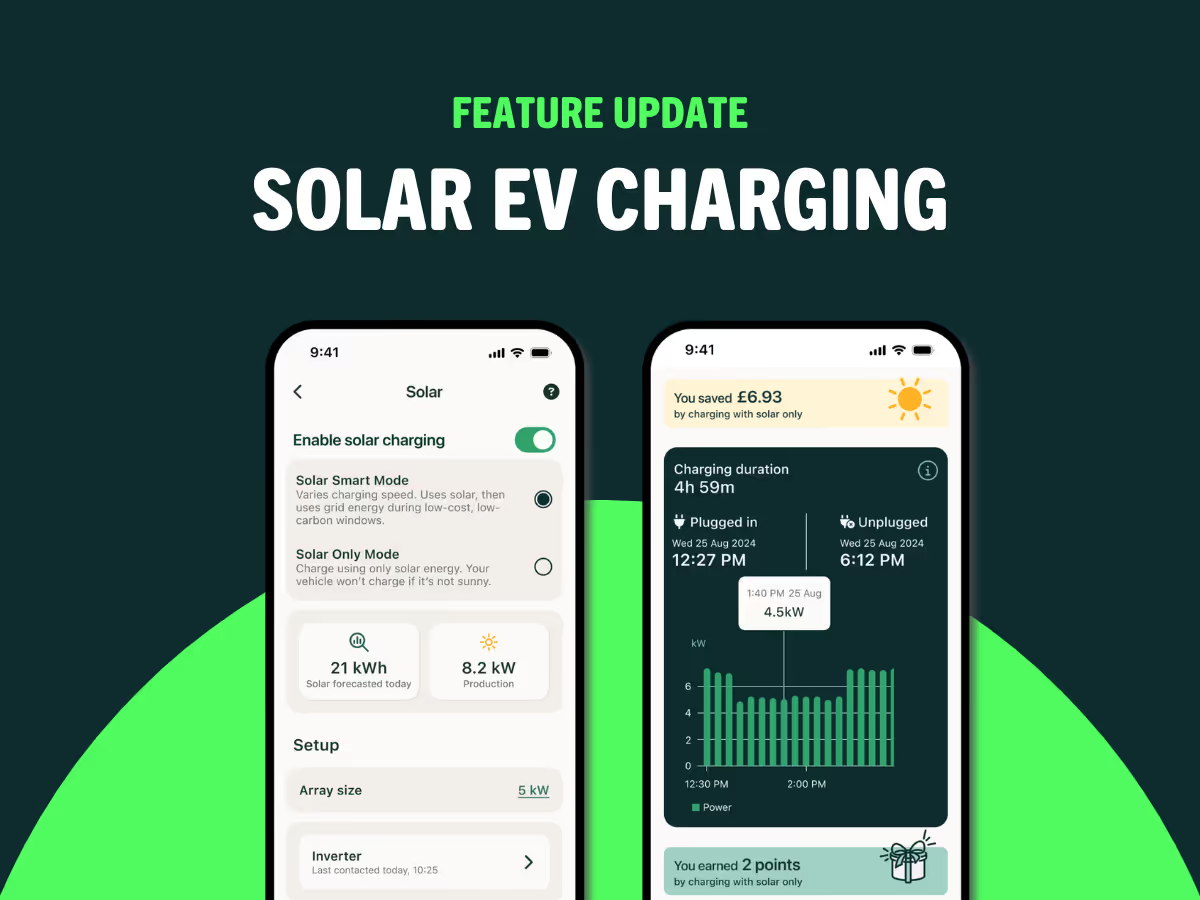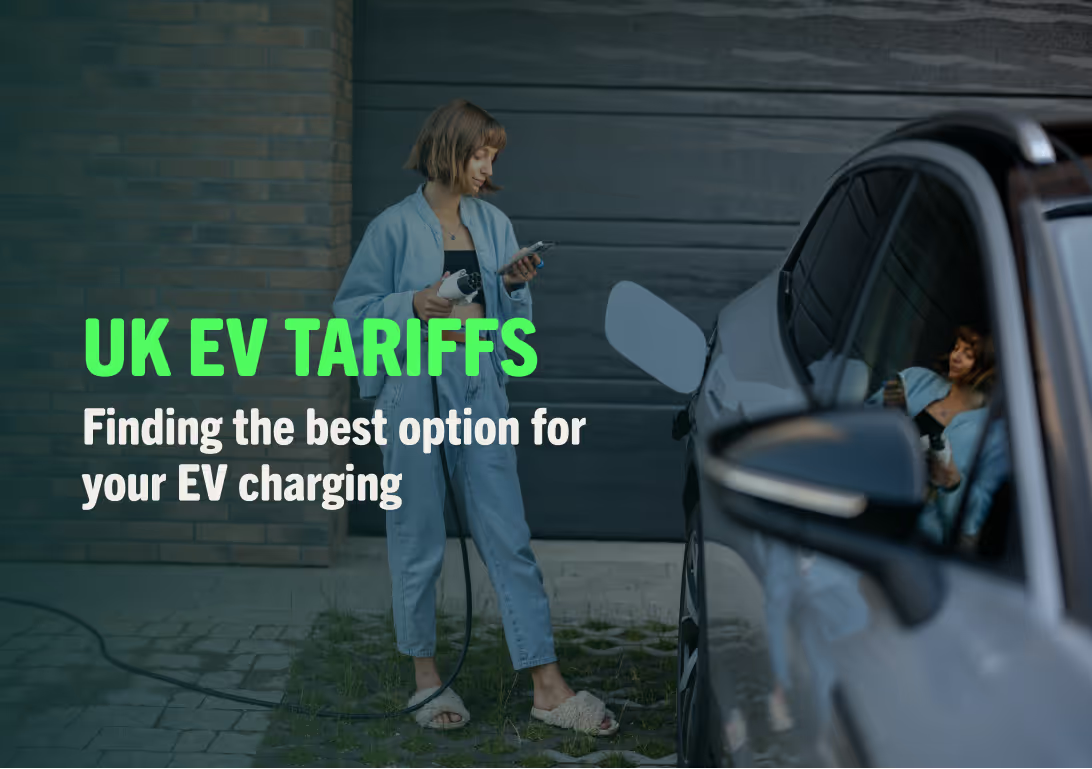How did COVID-19 impact EV charging?


The COVID-19 epidemic has profoundly changed the UK, including its EV charging habits. Following the Prime Minister’s guidance on 23rd March that all those who can should work from home, most of the UK’s 275,000 EVs remained parked and plugged in last week, with many drivers still using their vehicles to make runs to the supermarket and pop to the park for their daily form of exercise. That same week, the UK also enjoyed unusually sunny weather, with solar power generation 2.5x higher than it had been during the final week of February, according to Sheffield Solar. While normally EVs are being driven around or parked at workplaces during the day, the coincidence of work-from-home and sunny weather created an opportunity to harness the UK’s abundant solar power to charge thousands of EV batteries.
ev.energy’s algorithm took advantage of this opportunity to charge our users’ EVs with low-carbon daytime energy. Utilizing National Grid’s carbon intensity forecast and the ready-by times set by our users, the ev.energy platform intelligently scheduled EV charging to prioritise the abundant solar power available on the UK power grid during daytime hours, instead of charging during the carbon-intense evening peak period. As a result, charging between 7am and 4pm increased by 20% between 23-27 March, compared to the same hours during the same Mon-Fri period during the final week of February. Because of the sunny weather, the UK’s solar generation was 2.5x higher during the final week of March than during the final week of February, and the ev.energy algorithm was able to adapt to our user’s new plug-in habits to harness this solar output and charge our users’ EVs with greener energy, resulting in a 40% decrease in CO2 emissions associated with charging, using a like-for-like comparison with EVs that charged on our platform the final week of February.
If ways of working are permanently altered after the pandemic is resolved, and more UK workers choose to work from home, then EVs may be able to not only charge using abundant wind energy during the overnight period, but also increasingly abundant solar energy during daytime periods. This increases the potential to deliver zero-carbon charging for our users, thereby advancing the UK’s effort to reach net zero emissions by 2050.


